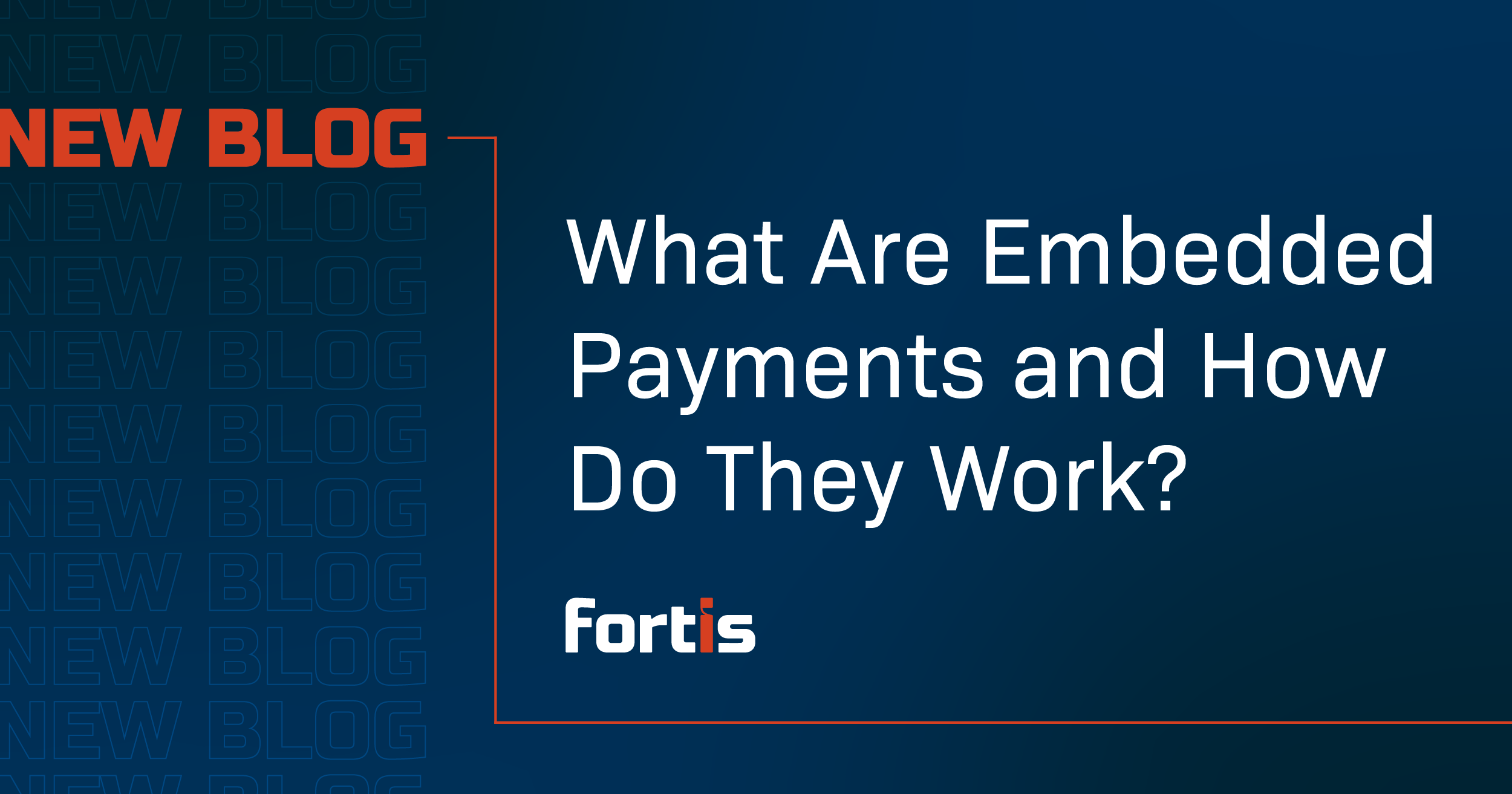
What Are Embedded Payments and How Do They Work?
Over the past decade, financial technology has continued to evolve to meet the needs of customers and merchants alike. With embedded finance, sometimes called integrated commerce, and in particular, embedded payment technology, merchants and software providers can take another step toward seamless customer experience and improved retention.
All while boosting their bottom line.
Within the next decade, embedded commerce solutions are expected to generate $7 trillion in value.
Out of all the embedded commerce software solutions, payments are the most in demand. Around 83% of businesses want to offer integrated payment solutions within the next five years.
While there are several types of integrated commerce solutions, such as embedded lending and embedded banking, we’ll focus primarily on payment innovations in this article, and how merchants and software providers can leverage payment technology.
What Are Embedded Payments?
Embedded payments make the process of “paying” close to invisible, allowing customers to make purchases with just a few clicks, and in some cases, no clicks at all. It replaces tedious form-fills and several redirections, and instead, reconciles the transaction all the way back to the merchant in an automated fashion.
There are generally only a few steps involved:
- A business embeds the payment facilitator’s payment processing technology into their website or application.
- The customer shops for a product and makes a purchase decision or enjoys the seller’s service.
- The payment facilitator receives the amount owed from the software application via a trigger, automatically.
- The buyer provides their payment details the first time they visit a seller, and on future transactions (or using a wallet, like ApplePay), just authenticate their credentials.
- The payment facilitator handles payment authorization, security, fraud detection, and deducts the funds from the card holder.
- The payment facilitator then syncs the payment data with the business’ general ledger in the POS/ERP or Accounting Software.
How Do They Work?
For example, let’s say your customer wants to make a purchase online. You offer a “pay now” button or payment portal that allows your customer to use whichever payment method they prefer—ACH, bank-to-bank transfer, credit cards, and so on. They can even break up the purchase into smaller payments.
From adding the item to the cart, to the final payment, your customer never leaves the application, and every step is taken on that platform itself.
This uninterrupted process defines the usability of embedded payment systems.
And this financial tool offers a seamless, almost invisible, customer experience while boosting revenue and cashflow for the business by making selling easier, collection of funds faster, and reconciliation simpler. And, this is all while delighting the buyer with a seamless experience.
To learn more about the Fortis Platform’s Embedded Payments solution and to explore partnership with us, visit our website.

